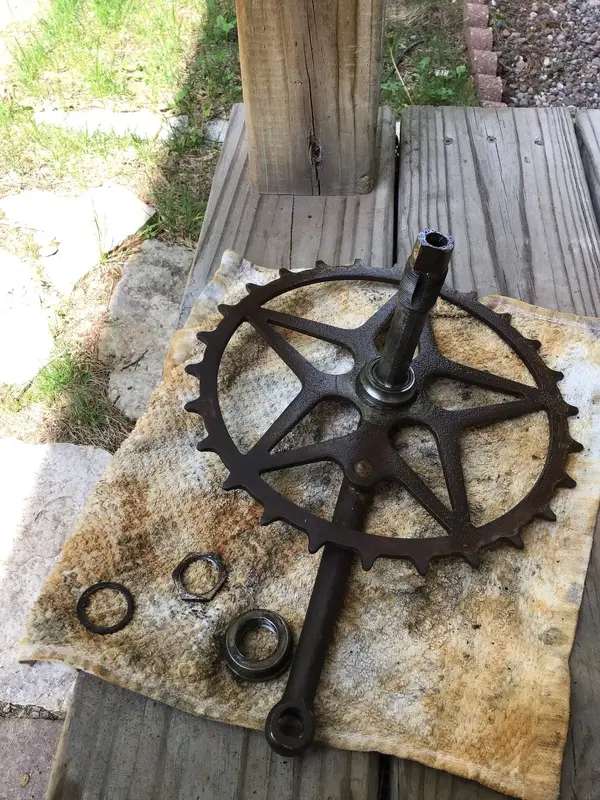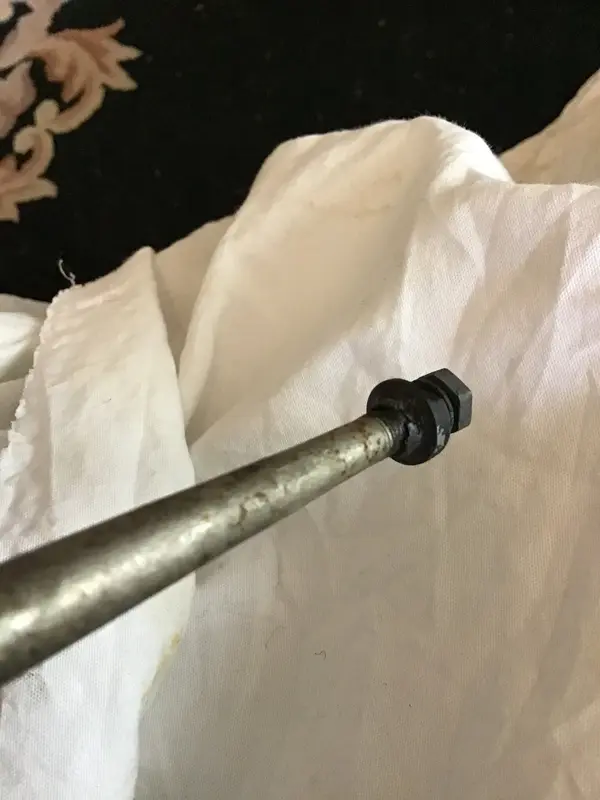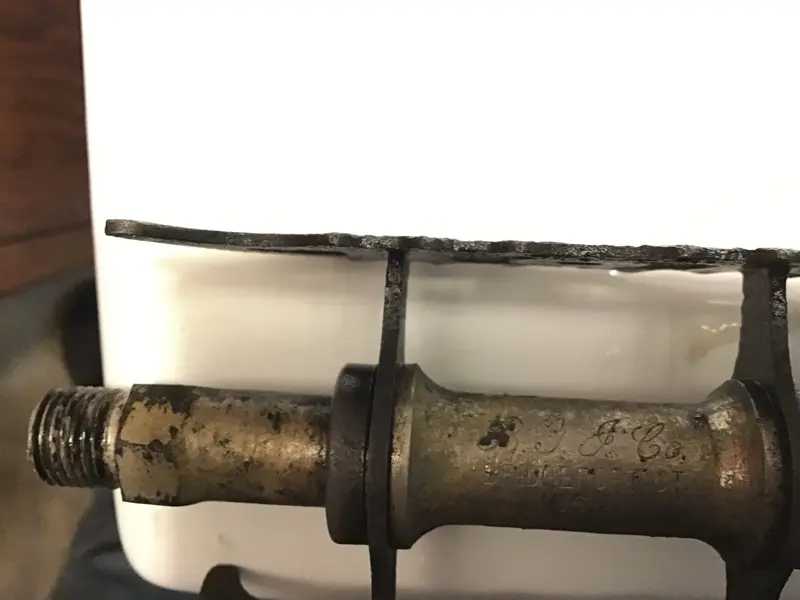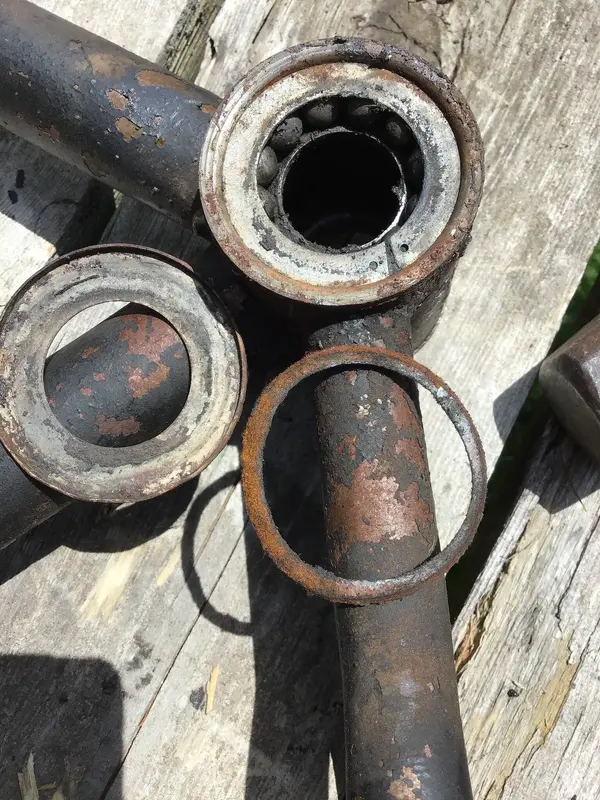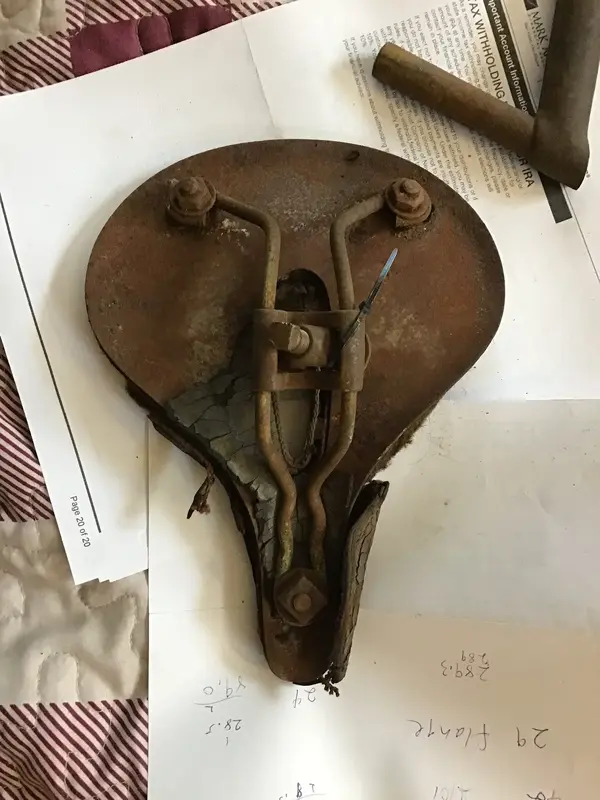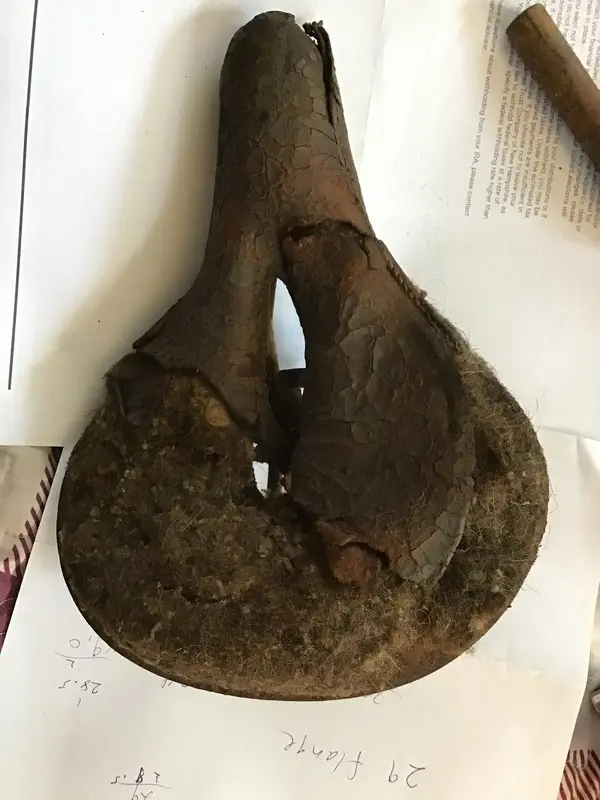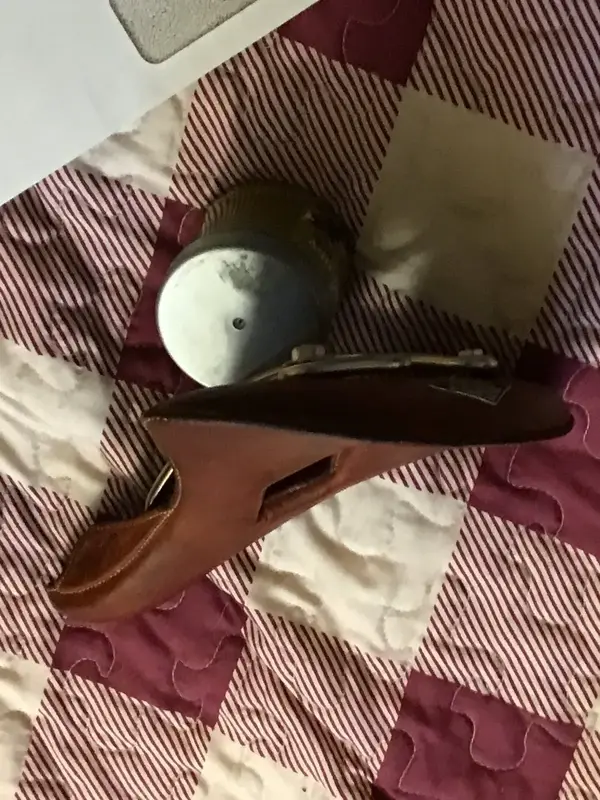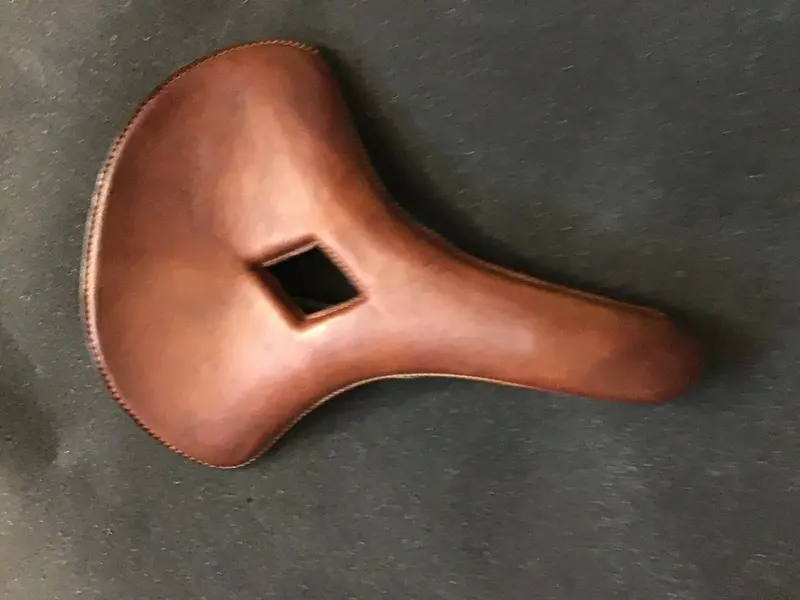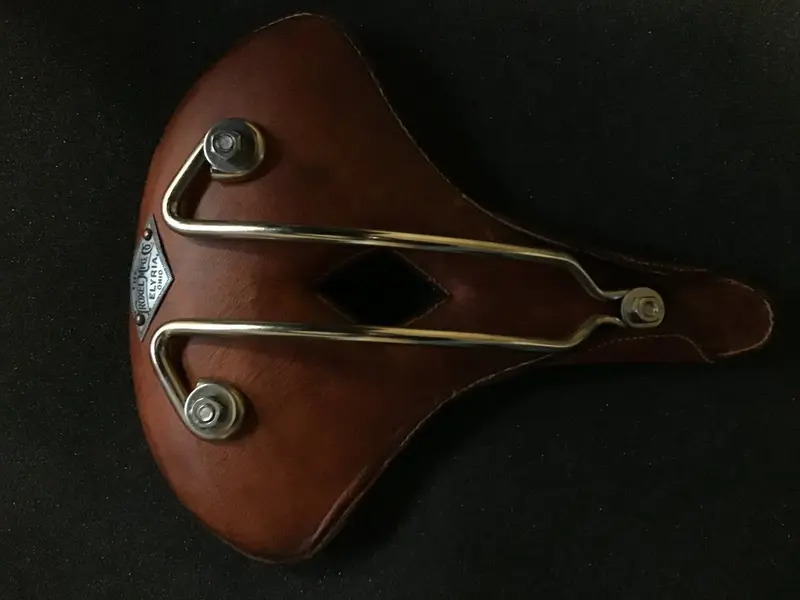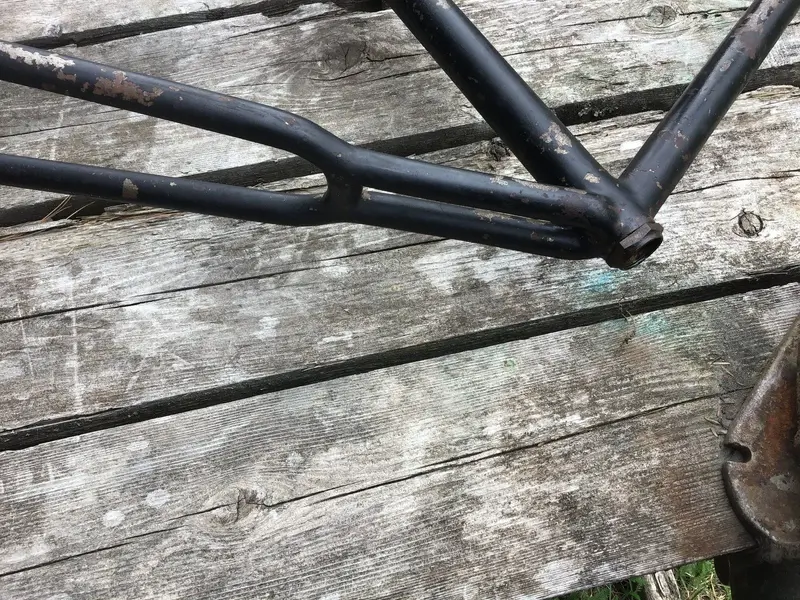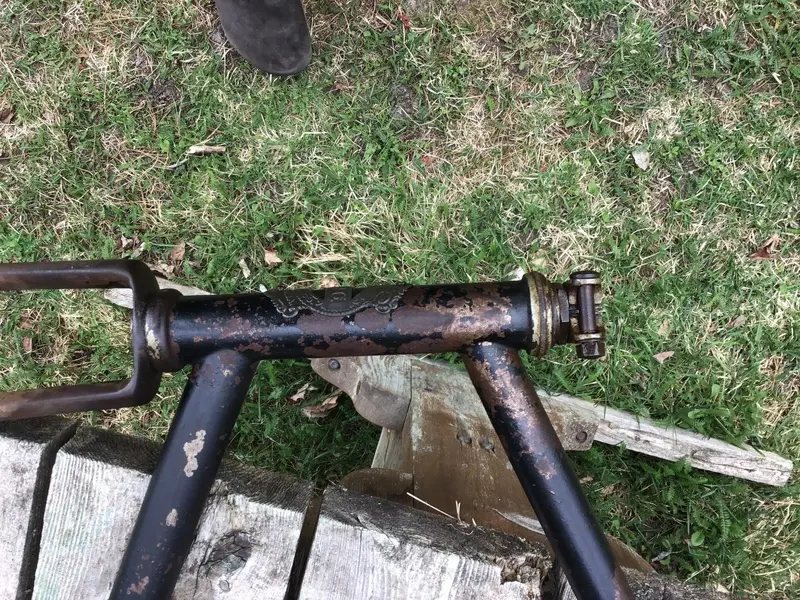You are using an out of date browser. It may not display this or other websites correctly.
You should upgrade or use an alternative browser.
You should upgrade or use an alternative browser.
Fixing a Victorian
- Thread starter Nabeaquam
- Start date
Nabeaquam
BoTM Winner
The wheels are dry rot wood with pretty bad, made by Monarch, hubs. The rear one inch pitch 9 tooth sprocket is worn to points. I’ve never seen a 9 tooth inch pitch for sale, their usually 6 rarely 7. I’m not sure if a later inch pitch track cog would fit on the original hub so a substitute is called for. It has a block chain, no rollers. It’s usable, but not great.


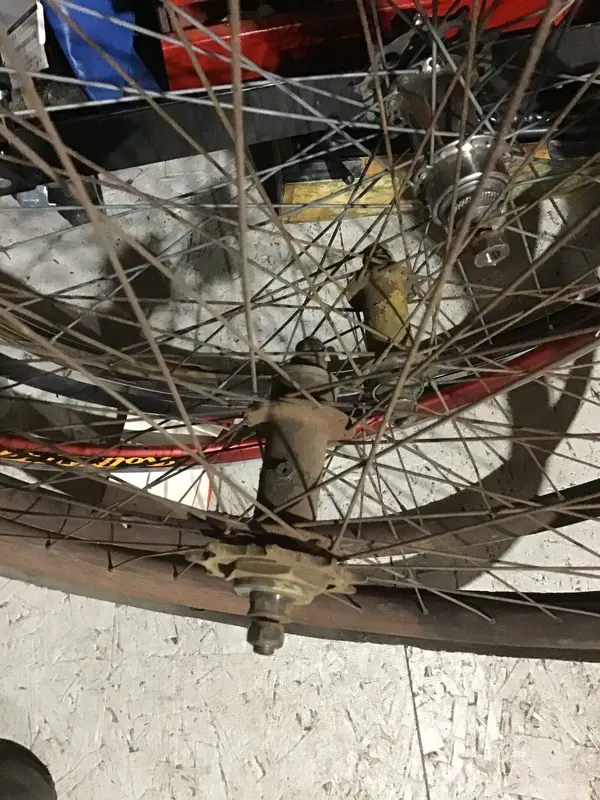
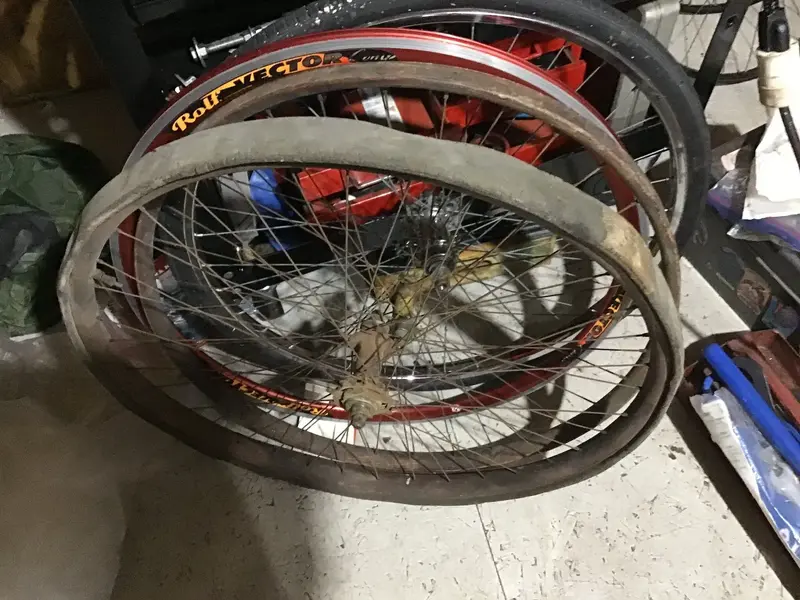
Last edited:
Mickeyspinn
rBotM Winner
Omg..just looked and saw two rusty delicious remnants....and decided that actually I'm going to enjoy this with a beer in my hand and my feet up!Dion Bouton you say......
https://www.retrobike.co.uk/threads/french-barn-find-buckets-of-patina.406532/
I'll comment later......
Nabeaquam
BoTM Winner
Fake old hubs. Front is vintage, rear is a new flip flop 120 mm (this bike has 4 5/8 spacing) that’s a few mm bigger than the original spacing. The flip flop has thin wall tubing welded into the center. Non functioning oilers were installed on both hubs. Fake patina.


Rear hub with an 18 tooth track cog converted to 9 so it’s one inch pitch. modern cogs are thinner than the originals so that will wear the old chain a little faster. The non drive side has a non functional thread stripped inch pitch installed for looks. I had the stuff so why not.
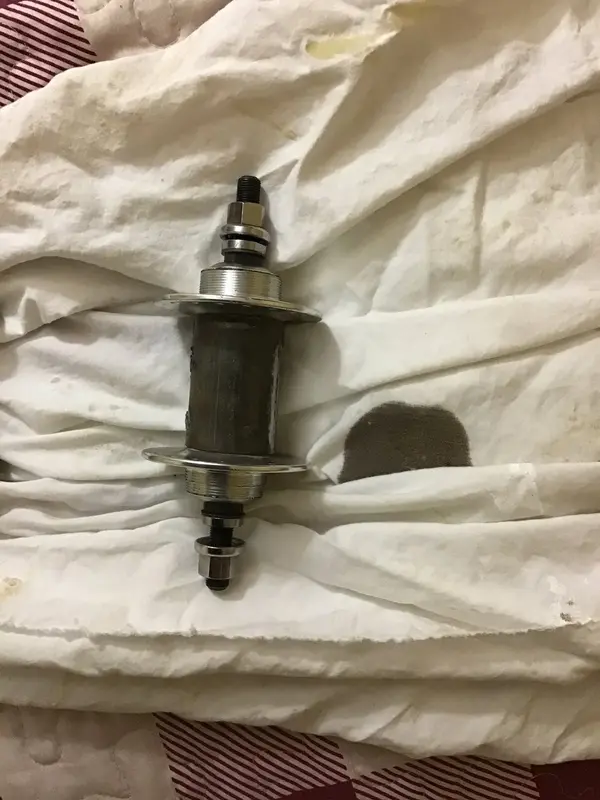
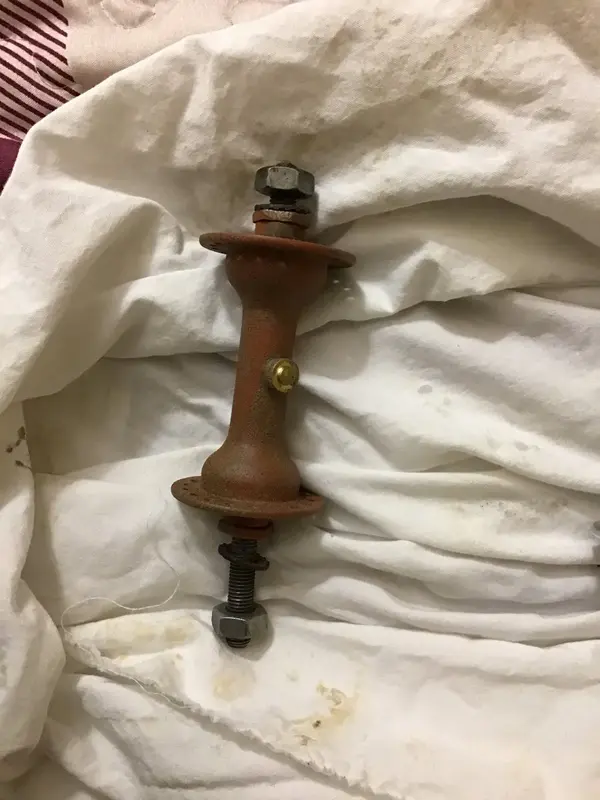
Rear hub with an 18 tooth track cog converted to 9 so it’s one inch pitch. modern cogs are thinner than the originals so that will wear the old chain a little faster. The non drive side has a non functional thread stripped inch pitch installed for looks. I had the stuff so why not.
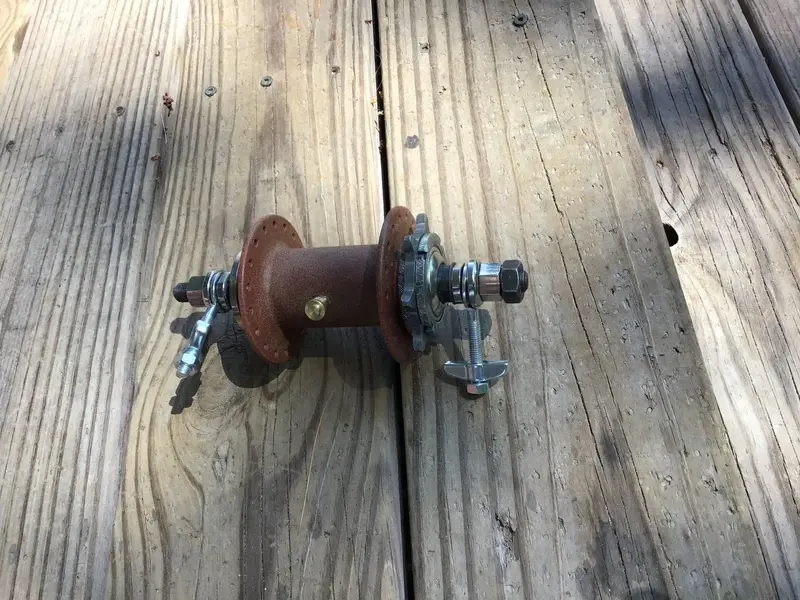
Nabeaquam
BoTM Winner
Wheels are fake wood. Made from layers of flexable marine epoxy and outdoor flexible epoxy wood filler that has wood flower in it. I’ve had tires on and off a few times and nothing chipped. I have four other bicycles with wood wheels and they need constant truing and spoke tightening as the spoke head washer sink into the wood. I don’t want another bike that needs this, so faux wood rims.



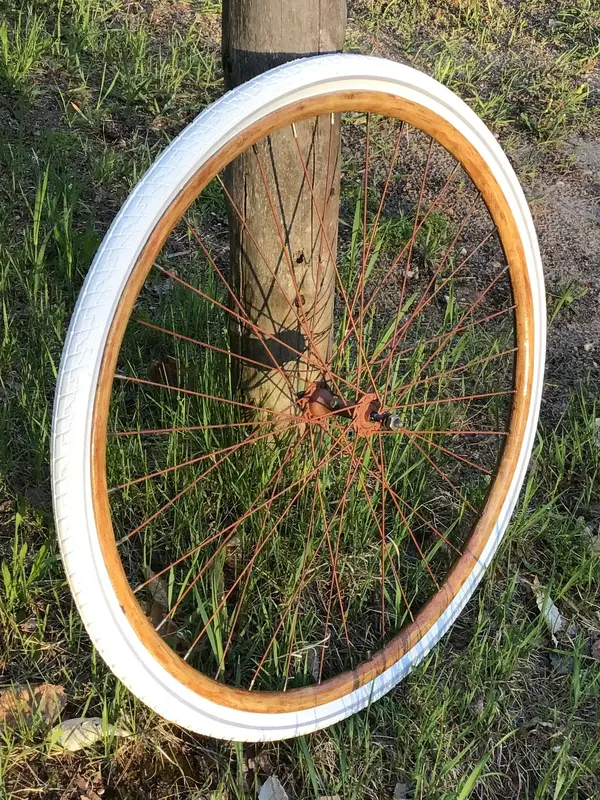
Nabeaquam
BoTM Winner
Bars and stem that has no expansion wedge. It’s got an external clamp, which doesn’t hold as well as an expansion wedge. The bars were bent but straightened. They were treated with phosphoric acid. The cork grips were originally placed by screwing a brass cap into a wood dowel in the bars. Hide glue was used and is reversible by soaking in hot water but the cork was rotten and disintegrated when I tried this.



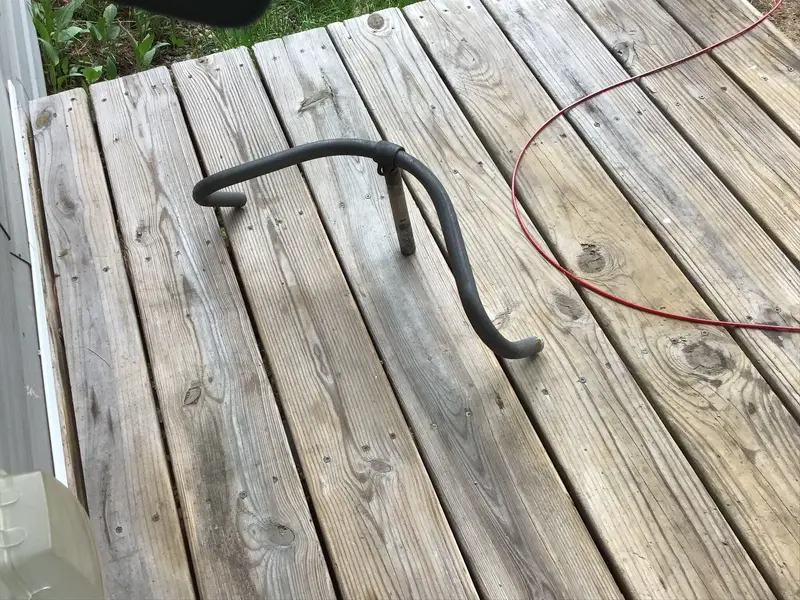
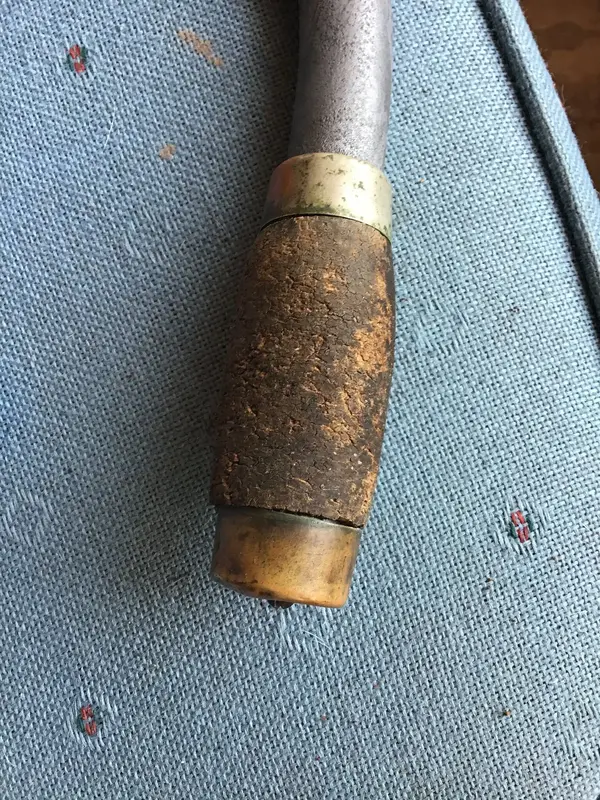

Similar threads
- Replies
- 7
- Views
- 214
- Replies
- 9
- Views
- 2K
- Replies
- 14
- Views
- 2K
- Replies
- 4
- Views
- 1K
Latest posts
-
-
-
-
Just picked up this Univega Alpine 5.7 (bike packing base)
- Latest: Guinessisgoodforyou
